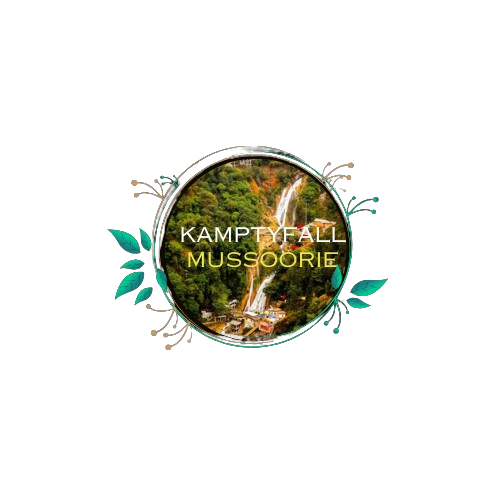Kempty fall

Kempty Falls is a waterfall in Ram Gaon and at the south of Kempty, in the Tehri Garhwal District of Uttarakhand, India. It is 13 kilometres (8 mi) from Mussoorie on the Chakrata Road, and 45 kilometres (28 mi) from Dehradun. It is nearly 1364 meters above sea level, at 78°-02’East longitude and 30° -29’North latitude. The Kempty Falls, and the area around is surrounded by high mountain ranges at an altitude of 4500 feet. There is an estimated tourist inflow to the Falls of over 10 lakh (one million).

Kempty Falls were developed as a tourist destination by British officer John Mekinan, around 1835. The name Kempty is probably derived from the word ‘camp-tea’. A stream of water running throughout the year starting from the southwest of the village of Banglow ki kandi moves northwest and falls from 4,500 ft. Splitting into five other cascades, the water falls a further 40 feet.
The nearest medical centres are at Dehradun, Mussoorie and Kempty, the nearest railway station at Dehradun, and the nearest airport the Jolly Grant Airport at Dehradun.
Mussoorie
History
Geography and climate
Mussoorie has a mid-altitude Himalayan subtropical highland climate (Köppen Cwb), with hot, humid summers and an average of 660 millimeters of rain in July and August due to moist monsoonal air. Heavy rainfall begins in mid-June after a warm, mostly dry pre-monsoon season in April and May, followed by a colder post-monsoon season. Pre- and post-monsoon seasons have less rainfall than winter. Mussoorie experiences occasional snowfall in December, January, and February due to deforestation, building activity, and global warming, while October through February is when the town experiences unique “winterline” phenomena, despite a decrease in snowy days.
Demographics
Government
Economy
.

Kempty fall
The most well-known and historic tourist destination close to Mussoorie is Kempty Falls, a gigantic fall that features streams that tumble before reaching the bottom. Situated 15 km away from Mussoorie, Kempty Falls is an intriguing picnic location or ideal day trip destination that was created over 150 years ago by a British man.

Dalai Hills
The Dalai Hills in Mussoorie is about a 400 meter walk from the Tibetan temple, Shedup Choephelling Temple in the Happy Valley, Mussoorie. Dalai Hills is one amongst the very magnificent and extremely beautiful places located in Mussoorie. It is decorated with the Buddhist Prayer Flags all over and has a statue of Lord Buddha constructed by 20th regional Tibetan youth Congress, Mussoorie to prevent disease, war, conflict and natural disaster that occurred on 13 June 2014.

